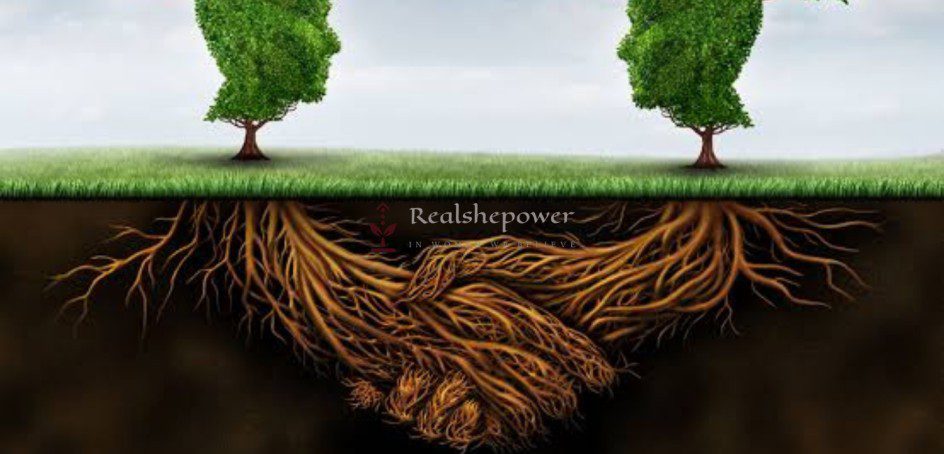Did you know trees can communicate?


Trees are good for the soul. They’re essential to the air we breathe. And they provide a majestic example of strength and perseverance in the face of adversity. But there’s more to them than what meets our eye. Did you know trees can communicate with each other?
Yes! Trees talk and offer assets directly under our feet. A few plants utilize the framework to help their posterity, while others capture it to disrupt their opponents. Some examination has shown that trees have an extraordinary method of communicating with each other.
I know right, it’s so cool. We don’t even know how they secretly talk to each other without getting observed! Let’s see how.
According to AP News, Two decades ago, an ecologist named Suzanne Simard “discovered that trees communicate their needs and send each other nutrients via a network of latticed fungi buried in the soil.” She has proceeded with her exploration to figure out how trees, utilizing parasitic filigrees, “send warning signals about environmental change, search for kin, and transfer their nutrients to neighbouring plants before they die.”
Trees may appear as solitary organisms yet the grounds underneath our feet recounts an alternate story. Trees are subtly talking, exchanging and taking up wars against each other. They do this utilizing a type of fungi that develops around and inside their roots. These fungal parasites provide the trees with supplements and consequently, they get sugar. Researchers have discovered this association comes to far than first suspected. By connecting to the fungal network, trees can impart resources to one another. The system has been nicknamed The Wood Wide Web.
It’s thought that more established trees, affectionately known as mother trees, utilize this parasitic organization to supply concealed seedlings with sugars giving them a superior possibility of endurance. Those trees that are sick or dying may dump their resources into the organization which may then be utilized by healthier neighbours. Plants likewise use parasites to send messages to each other.
In the event that they’re attacked, trees can deliver synthetic signs through their roots which can caution their neighbours to raise their protections. In any case, similar to our internet, the Wood Wide Web has its clouded side as well. A few orchids hack the framework to take assets from close by trees and different species like the Black Walnut, spread harmful chemical compounds through the network to disrupt their adversaries. Arboreal cybercrime to the side, researchers are discussing why plants appear to act in a particularly unselfish manner. The secret network makes a flourishing local community between individual plants. We may as well consider trees a piece of a major superorganism, talking and trading data and food under our feet.
When asked about the resilience that the trees maintain with respect to climate change, Simard said “Resilience is really about the ability of ecosystems to recover their structures and functions within a range of possibilities. For forests, in particular, trees are the foundation. They provide habitat for the other creatures, but also make the forest work. Resilience in a forest means the ability to regenerate trees. There’s a lot that can be done to facilitate that because of these mycorrhizal networks, which we know are important in allowing trees to regenerate. It’s what we leave behind that’s so important. If we leave trees that support not just mycorrhizal networks, but other networks of creatures, then the forest will regenerate. I think that’s the crucial step in maintaining that ability to regenerate trees.”
To top that, it is also observed that trees send electric signals through the air to transmit resources and transport messages.
I bet most of us didn’t know about this discrete exchange that’s going beneath us. Seems like trees are smarter than us!
